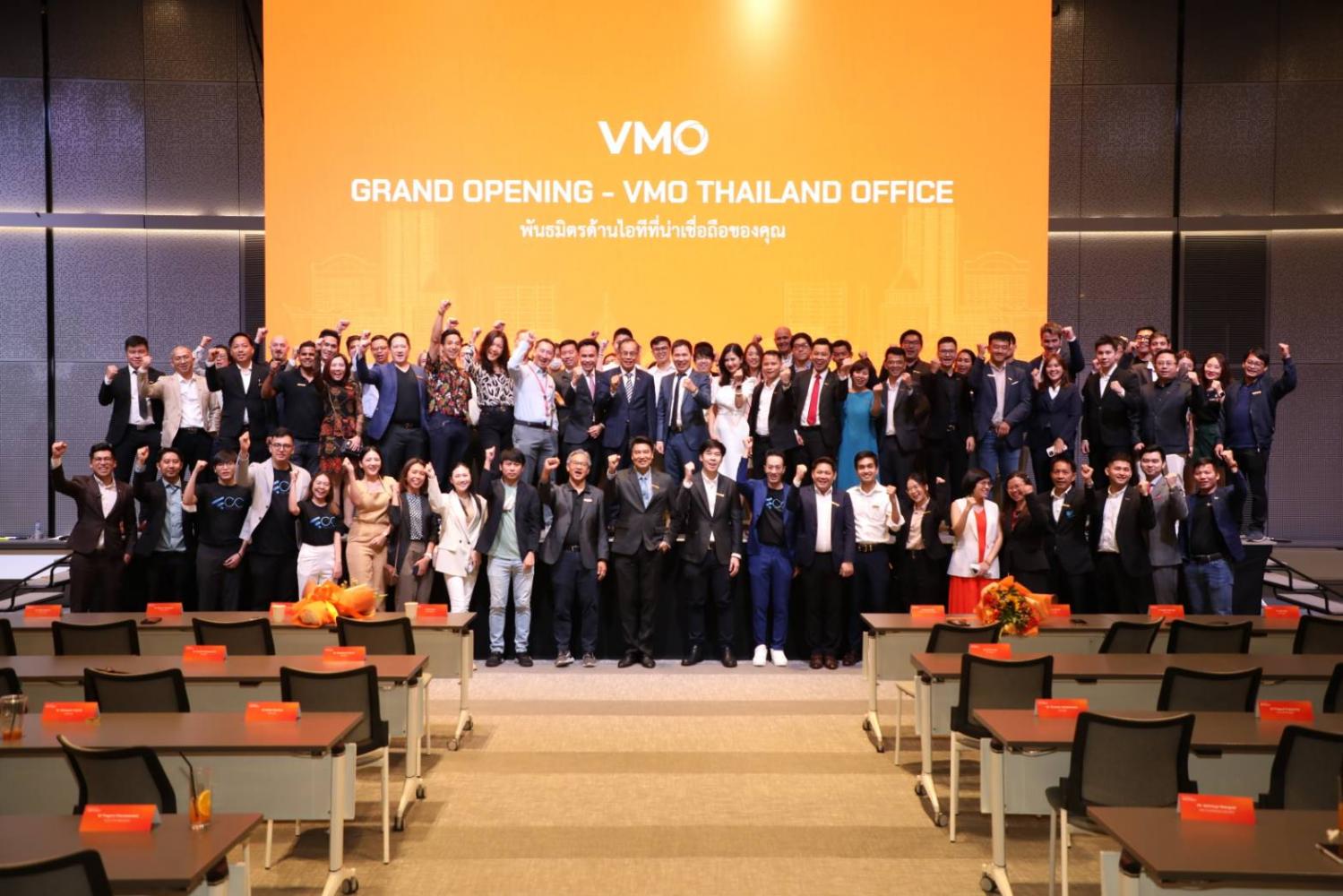Trigger warning: This piece contains descriptions of sexual assault that may be disturbing to some readers.
Technology has solved a lot of issues in our world today — but can it really solve, or at least deter, sexual assault? The number of anti-assault gadgets and tech devices on the market seems to make the argument for it. From wearable devices that alert friends and family who can call 911 to text services to tracking apps, several products “promise” to give women an invaluable edge when it comes to personal safety. But are they actually all that effective?
“Any gadget that makes a woman feel more safe, secure, and confident is helpful to some degree,” Carrie Conrad, an expert in prevention, protection, and self-defense specifically for moms, tells Scary Mommy. “I, personally, do not support living in terror. There are a ton of items on the market that do just that. I encourage items that empower a woman with her capability of taking action. That can mean different things to different people.”
These devices are well-intentioned. According to the National Sexual Violence Resource Center, one in every five women and one in 71 men will be raped. While some anti-assault devices can prove helpful, factors exist that can render them useless and/or even increase the risk of harm. Here’s why and what you should focus on instead when it comes to your safety.
Why are some anti-assault gadgets ineffective or, worse, potentially dangerous?
According to Conrad, while the premise of these devices is positive and can prove effective in some cases, most of them have underlying efficacy issues. “One example of increased harm would be a tracking feature being used for stalking instead of for friends and authorities to offer help,” she says. “Also, you’ve got devices that alert authorities and/or family. How long does it take for help to come? It’s more time than it takes to complete the assault. On the other side, if it’s used ‘too soon’ or frequently and you aren’t able to prove that a sexual assault was close to becoming a legitimate reality, I see the potential for friends, families, or authorities to scoff at times. While asking for and receiving help is great, I just don’t want my fate or my safety in someone else’s hands.”
As Conrad points out, belts, underwear, and wearable devices used to protect a potential victim and deter a perpetrator could also end up causing harm. “[You will] still experience the trauma of someone making an attempt, even if it fails to be completed,” she says. “Also, what happens when the perpetrator can’t get what [they] want? What if the device doesn’t work as intended? Everything about this is still unsafe. I don’t feel it’s self-defense to trade one horror for another.”
Conrad says items that make noise to draw attention, such as whistles or horns, might prove helpful if it is convenient and the wearer is willing to set it off before a concern becomes a threat. “My experience in training women, though, is that these tools, more often than not, will not be used soon enough,” she says. “To be clear, though, that noise doesn’t stop someone from hurting you; it’s only a possible deterrent.”
Which anti-assault gadgets might work?
Tools and weapons used to physically fight off an attacker, like rings, keychains, pepper spray, etc., have a better chance of preventing an assault, says Conrad. However, “women need to be trained in not only the use of these items but also in retention because quite often a bigger, stronger attacker takes them and even uses them against the victim.”
This is why the practice and training in its use of a sexual assault prevention tool are just as important — if not more important — than the purchase and use of it. “That’s where the real value is,” says Conrad. “The experience empowers the person with proof of what they are capable of, which makes them less likely to be targeted or victimized.”
What is needed more when it comes to sexual assault prevention?
Perhaps what’s most concerning is that for all the hype of these gadgets, most people will not be wearing or using them at the time of an attack. As Andrew Pickett, a lead trial attorney at Andrew Pickett Law who practices sexual abuse cases, points out, research suggests most sexual assaults are committed by someone the victim knows, “meaning that most victims are not thinking of wearing or having any of these anti-sexual assault gadgets because they do not perceive that someone they know is a threat.”
From his experience, devices such as safety alarms and pepper spray effectively deter assailants in certain situations. “However, these are not foolproof protection methods for all victims — it ultimately depends on the individual situation,” he tells Scary Mommy. “It’s also important to note that while physical safety devices are beneficial, they cannot stand alone against sexual violence. Organizations must create an environment focused on prevention, such as providing education around consent and bystander intervention and encouraging reporting of incidents.”
As a woman, Conrad says she believes she’s “within my rights to use deadly force to defend myself from great bodily harm; however, even with a conviction, the penalties of sexual assault can be negligible in comparison. While making changes to our system may be out of reach, as women, we can be sure to become prepared. Prepared means proactive, responsible, empowered, perceptive, aware, resilient, equipped, and decisive.”
Perhaps the biggest obstacle to the efficacy of anti-sexual assault gadgets is why we need to use them at all. “I think organizations should focus more on prevention rather than trying to present sexual assault as a software glitch that can be fixed,” Pickett says. “Teens must be taught about consent, bystander intervention, and reporting incidents. People must learn to take ownership of their safety and understand how important it is to look out for a fellow peer who might be at risk.”
And if you wear an anti-sexual assault gadget that fails to help you in an attack? Good luck suing the company. Pickett says it would be “difficult” as each case is individualized and must be evaluated on its merit.
It seems that while it’s imperative to protect ourselves, it’s even more important to question why we need to in the first place. Instead of fostering an environment where it feels like women should have to use these safety gadgets, more investment should be geared toward changing a culture that normalizes and tolerates sexual assault.
Having said that, if having an anti-assault tool or device does make you feel safer, by all means, carry one.
If you or someone you know has been sexually assaulted, you can call the National Sexual Assault Telephone Hotline at 1-800-656-HOPE (4673) or visit hotline.rainn.org.








